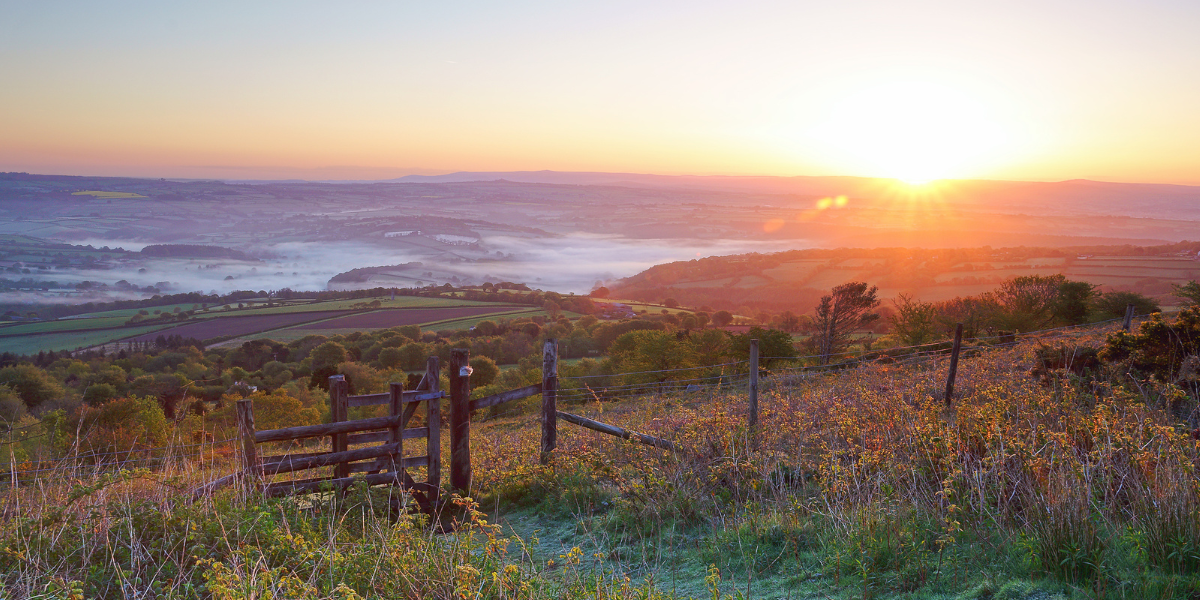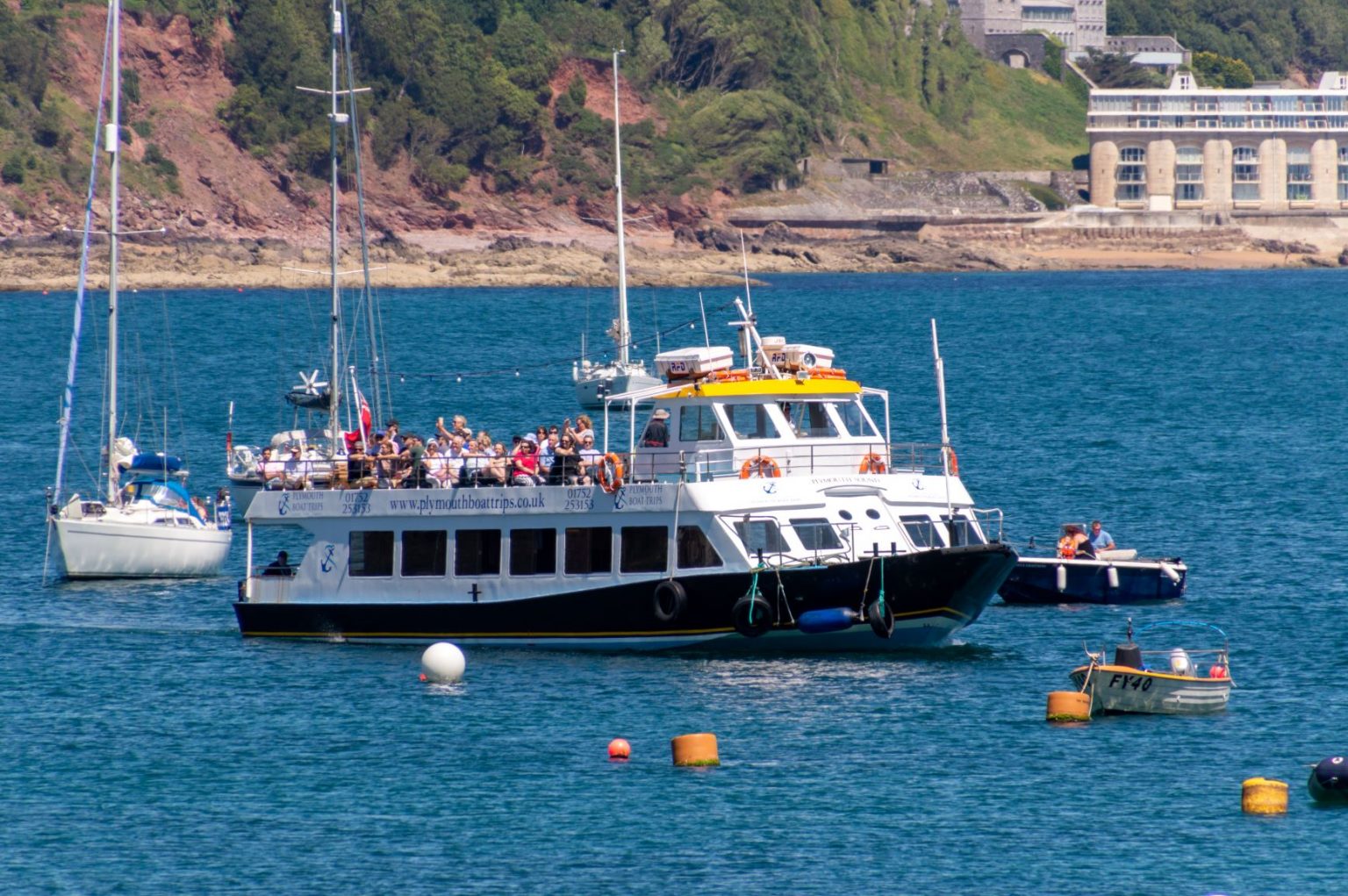“I have never seen so many natural beauties in such a limited spot as I have seen here” – JMW Turner
The Tamar Valley is renowned for its natural, unspoiled beauty. Something that didn’t go unnoticed by Turner. Born in London in 1775, he is known to have travelled the Westcountry sketchbook and pencils in hand, recording anything and everything of interest – from high granite ridges and rugged moorland to lush wooded valleys, pasture land, rivers, and tidal estuaries. As well as unspoiled natural beauty in abundance, the Valley is dotted with historic stannary towns and pretty villages that will delight visitors. And of course, Britain’s Ocean City Plymouth lies a few miles away.
One of the very best times to visit is autumn. With the busy summer months over and children back to school, the Tamar Valley provides a peaceful and romantic setting for a quiet break.
In this article, we take a quick look at why a visit to the Tamar Valley is a must during September and October.
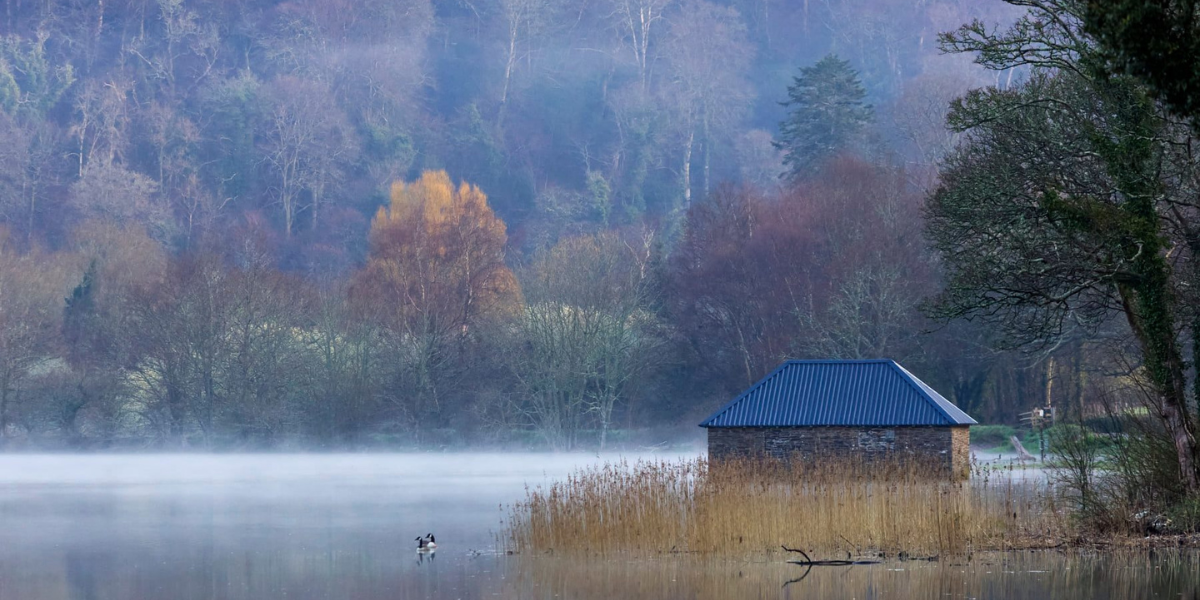
1. Rich Variety
The Tamar Valley includes some delightful towns and picturesque villages. On the Devon side, you’ll find the ancient stannary town of Tavistock. The town lies at the foot of nearby Dartmoor with its steep Tors providing a spectacular backdrop. Tavistock offers a range of things to do – from shopping to dining out, or simply strolling through its pretty Meadows beside the River Tavy.
Over the border in Cornwall, Launceston (pronounced Lanson) with its medieval south gate and castle ruins is well worth a visit. As the ancient capital of Cornwall, it’s situated on the River Kensey, a tributary of the Tamar. Visit the town for a host of delightful independent shops.
Saltash nestles on the Cornish hillside beneath the Royal Albert Bridge and more modern Tamar road bridge facing Plymouth across the Tamar Estuary. Be sure to visit for a range of shopping options, then walk down Fore Street to the Waterside for a great view of the Tamar with its collection of pleasure boats.

2. Wild Landscapes Nearby
The Tamar Valley lies between two vast expanses of open moorland. To the west Bodmin Moor and to the east Dartmoor. In autumn, the high moors are coloured gold, russet, and amber as the bracken loses its summer-green hue. Walkers are treated to exhilarating and sometimes challenging walks with spectacular views at almost every turn. But be warned, the weather conditions can change quickly and when the mist descends it’s incredibly easy to get very lost.
The moors also give rise to two of our rivers. The Lynher, springs high on Bodmin moor before flowing west-east to join the Tamar. The Tavy begins its journey south near Devils Tor on Dartmoor, before winding its way down to join the Tamar slightly north of Saltash.
The lower slopes of the moors give way to rich, fertile farmland and grazing, creating a patchwork of greens and golds dotted here and there by ancient woodland. As the Tamar flows towards the estuary, its banks crowded with conifers, oak, ash, and sweet chestnut rise high above the water.
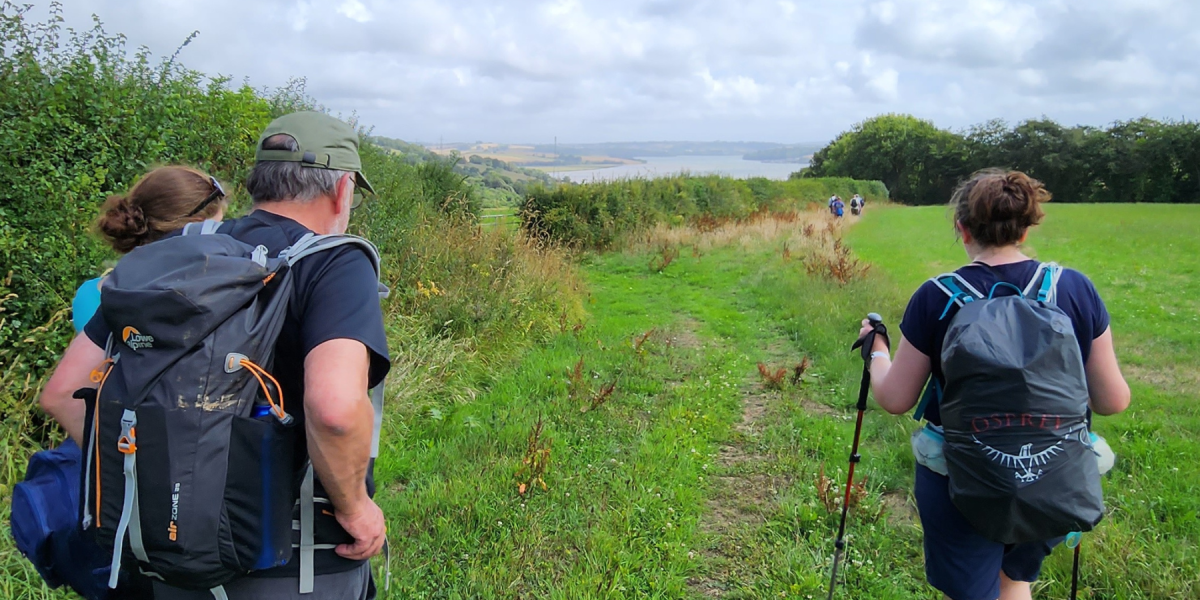
3. Walking Country for all Abilities
The Tamar Valley is famed for its extensive network of footpaths and trails. A brand new addition for 2023 is the Tamara Coast to Coast Way, (which incorporates The Discovery Trail). This route offers an extraordinary 87-mile journey of exploration. Follow the magnificent path of the River Tamar through the Tamar Valley, starting from the vibrant city of Plymouth and extending all the way to its pristine river source near Bude. The walk guarantees a great experience, unveiling the valley’s diverse landscapes, storied history, and untouched magnificence.
On the other hand, the Discovery Trail is a shorter long-distance route that forms part of the Coast to Coast Way. Now marked with a bee symbol, it starts (or ends depending on your point of view) at Tamerton Foliot, extending no further north than Launceston and covering a distance of approximately 35 miles. Whether you decide to conquer the entire trail or opt for shorter sections, the choice is yours to explore and relish.
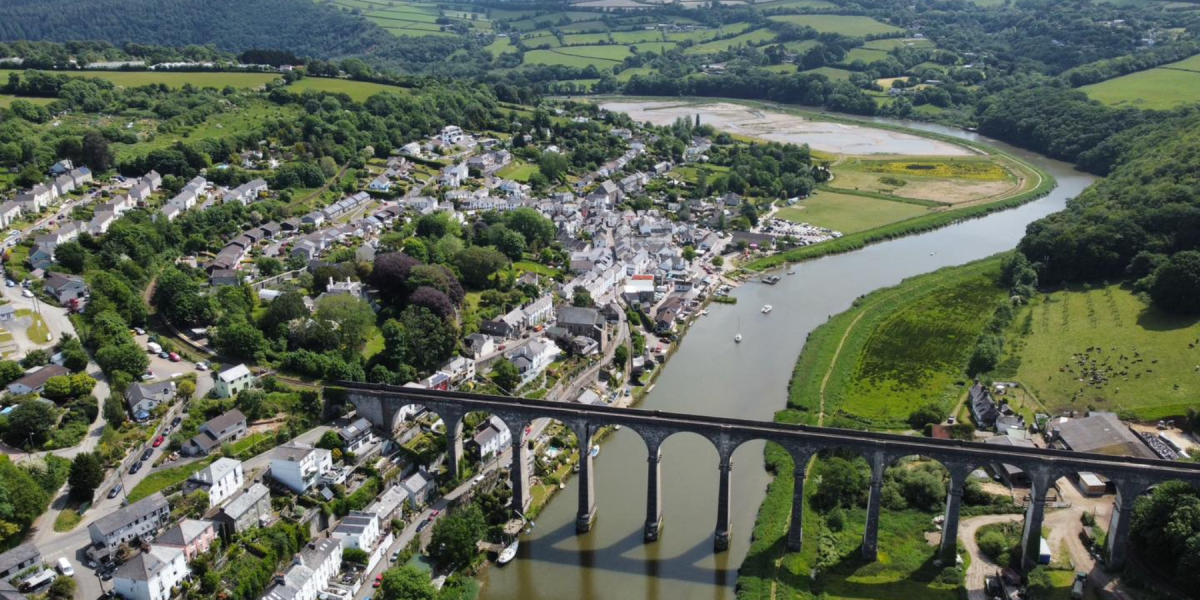
4. Magnificent Rivers
The Tavy is an ancient and sometimes wild river that winds its way down through Tavistock and onwards towards an area known as the Hamoaze, where the rivers Tavy and Tamar meet. A stroll beside its crystal clear waters is one of life’s simple pleasures. Quieter spots are perfect for bird-watching. The Tavy also feeds the Tavistock Canal which connects the town with Morwellham Quay, once an important trading route to Plymouth.
Just twenty miles long from its source on Bodmin Moor, the Lynher flows east to west until it also reaches the Hamoaze. As the river nears the coast its tidal range is as much as sixteen feet and at low tide, the mudflats provide a home for wildlife including kingfisher, otter, dipper, avocet, and black-tailed godwit.
Rising as a tiny spring just four miles from Bude, the River Tamar defines the Valley and marks the border between Devon and Cornwall. Did you know, the Tamar River belongs to Cornwall? So, if you are on or in the river, you are still in Cornwall until you reach the Devon bank. At some sixty miles long. the river has many tributaries including the Carey, Thrushel, Inny, Ottery, Claw, Lyd, Kensey, Deer, and of course, the Tavy and Lynher.

5. Perfect for Wildlife Lovers
In recent years the Cornwall Wildlife Trust started a programme to reintroduce Ospreys into the Valley. Also known as Fish Eagles, these magnificent birds can occasionally be seen fishing along the Tavy and Tamar, as well as around Plymouth Sound. As you might imagine, the estuary provides good feeding grounds for them.
The Greater Horseshoe bat is one of the UKs most endangered species and can now only be found in Southwest England and Wales. The many abandoned mines in the Tamar Valley provide an ideal habitat for these endearing little creatures. In 2003, cavers discovered the Valley’s Horseshoe maternity ward just over half a mile underground in one such tunnel. Since then, the Tamar Valley AONB has been working tirelessly to increase breeding numbers to ensure the species continues to thrive.
These are just a couple of examples of the many fascinating creatures that call the Tamar Valley home.
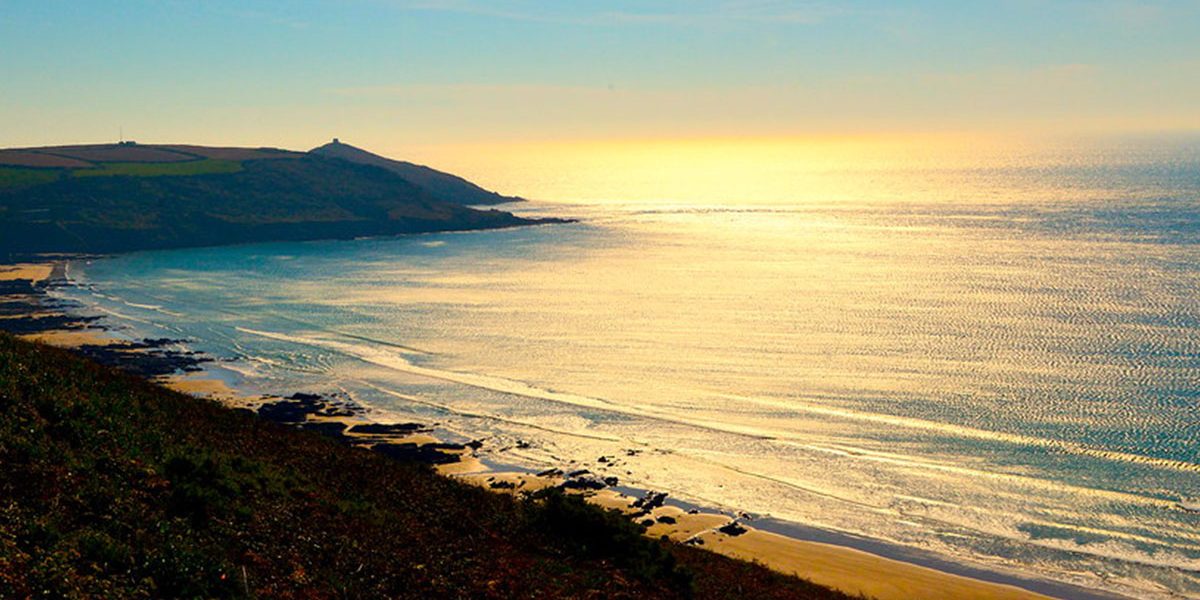
6. A Choice of Beaches Nearby
When you visit the Tamar Valley, you’re never far from the sea with two coasts to choose from. If you love a stroll on the beach then take a trip to the Rame Peninsula with its spectacular wide sandy beaches at Whitsand Bay. Or the smaller, east-facing shingle and sand beaches of Kingsand and Cawsand. Link up with the Southwest Coast Path’s Falmouth to Plymouth section taking in views of tidal creeks, sandy beaches and rolling fields as you walk reach Mount Edgcumbe House and Country Park.
Alternatively, head northeast to the Atlantic coast and its stunning beaches at Widemouth Bay and Bude. At low tide, Widemouth beach offers a plethora of rock pools to explore, and at Bude’s Summerleaze Beach, a wide expanse of sandy beach and steep cliffs awaits.
This particular stretch of coastline is steeped in smuggling history. With its rugged shore and many inlets and caves, a clandestine trade in goods from the West Indies thrived as Ocean-going vessels bound for Bristol held secret rendezvous with small boats off the Devon and Cornwall coasts.

7. A Vibrant City on our Doorstep
If the city scene is for you then be sure to visit Plymouth with its fascinating history and ancient monuments. Plymouth offers something for everyone whether you like to shop at the modern Drake’s Circus, mooch around the eateries and boutiques at Royal William Yard or take in the sea breeze with a cool beer on the Barbican. Plymouth is also home to the UK’s largest marine aquarium and a fascinating glimpse into the world below the waves.
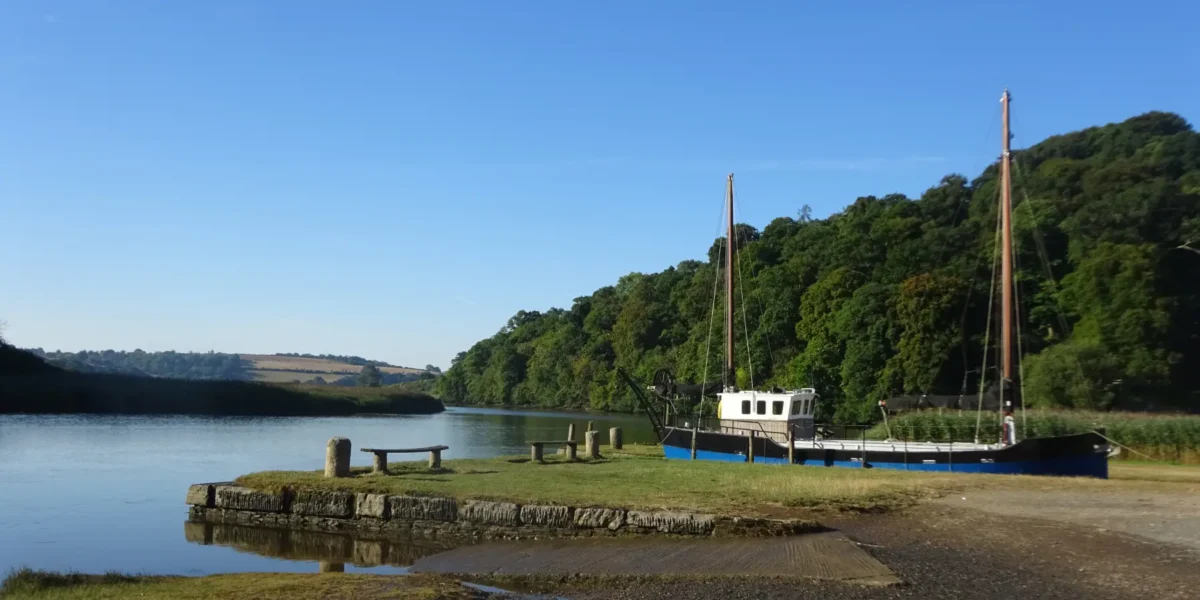
8. Big Skies
The sky-scapes over the Tamar Valley are spectacular, both by day and by night. With your back to the night sky over Plymouth, there’s very little in the way of light pollution giving an amazing view of the stars. By day you can see the weather rolling in and rolling out for miles.
So there are just some of the reasons to visit the Tamar Valley this autumn when a vibrant summer valley becomes a peaceful pallet of russet, amber, and gold. After all the Tamar Valley is what you make it. It adapts to your preferences and tempts you with new experiences to weave into your latest adventures.
With thanks to those who contributed images:
Mike Wright, Cyberheritage From Above, Sarah Bartlett

